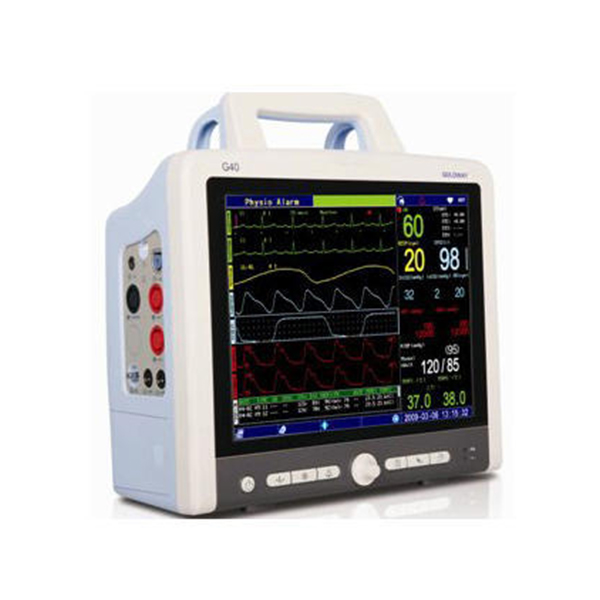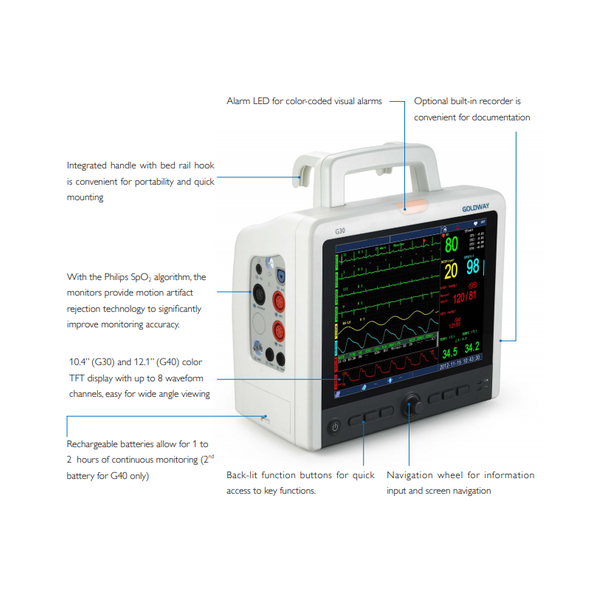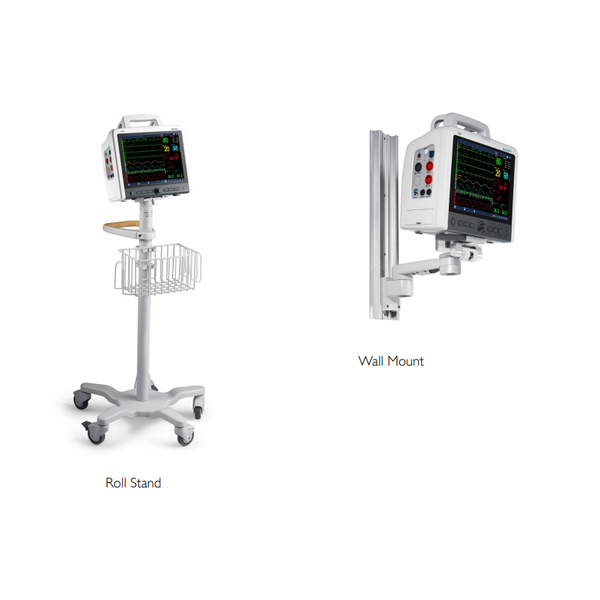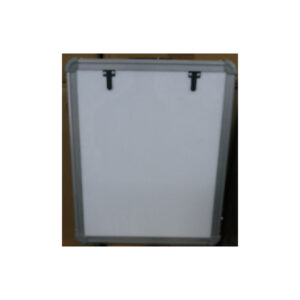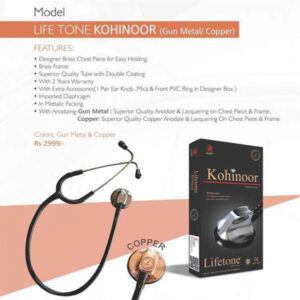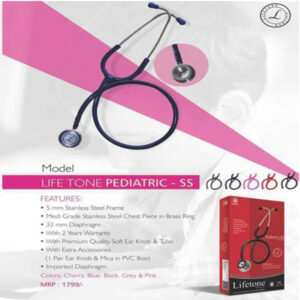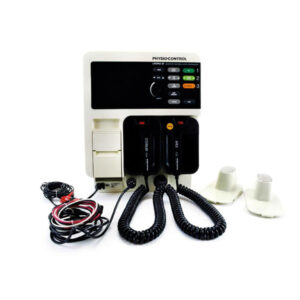Philips Goldway G30 & G40 Patient Monitors
MPIN: MP22055
Sign in to view priceAsk for Quote
A patient’s condition can change rapidly, and clinicians need to respond swiftly to changes in their condition. Having a highly reliable, versatile patient monitoring system on hand saves precious time in determining the best course of care. Goldway G30 and G40 Patient Monitors make it easy to support a wide range of patient acuity levels. Monitoring everything from vital signs to invasive blood pressure to cardiac parameters, these adaptable systems bring much needed efficiency. For example, support for applications such as cardiac output eliminates the need to purchase separate monitors or move patients to a different ICU when cardiac conditions arise.
Key Benefits
Built according to Philips exacting quality standards, Goldway patient monitoring systems offer best-in-class measurement capabilities in a compact, cost-effective monitor.
Ease of use
The monitors are available with 10.4″ (G30) and 12.1″ (G40) displays with flexible display modes. Their intuitive menus, fixed key access, and bright color screen were all designed for maximum ease of use.
Adapts to multiple environments
Goldway Patient Monitors support a wide array of clinical settings, from ICUs to ERs, general medicine, and more. The devices can be used across adult, pediatric, and neonatal populations. In addition, the G30 and G40 provide useful information displays such as OCRG (oxycardiorespirogram), large number display, 7-lead ECG display, and dynamic trend display to meet varying clinicians’ needs.
Includes powerful data storage capabilities
The G30 and G40 come standard with LAN networking capabilities for facilities looking to create a network with a central monitoring system or require data output in HL7 format. Each monitor stores up to 1200 hours of trend data for each parameter, 600 sets of NIBP readings, and 120 minutes of ECG review data-a great advantage for facilities that don’t have a central monitoring system.
Provides advanced functionality for higher acuity situations
Goldway G30 and G40 monitors deliver time-sensitive data about cardiac and respiratory conditions. In addition to basic monitoring parameters, such as 3/5 lead ECG, RESP, NIBP, TEMP, and Philips SpO2/PR, the G30 and G40 provide ST and arrhythmia monitoring as standard, invasive blood pressure and microstream etCO2 monitoring as options. The G40 features an option for thermodilution cardiac output – the gold standard for measuring cardiac efficiency. Clinicians can also incorporate hemodynamic calculations with C.O. measurements for a more in-depth assessment of patients’ cardiac/circulatory status. (Source Philips Healthcare)
Shipping Policy
Orders made at Medpick are initiated and processed for shipment upon receipt of request from the customer. Please note that our Shipping Services (Fee, Transportation, Loss or Damage of any shipment, etc.) are in accordance with the Seller\'s terms of Shipment.
Refund Policy
Please refer to Medpick Return Policy.
Cancellation / Return / Exchange Policy
Please refer to Medpick Return Policy.
 REGISTER
REGISTER
 SIGN IN
SIGN IN

